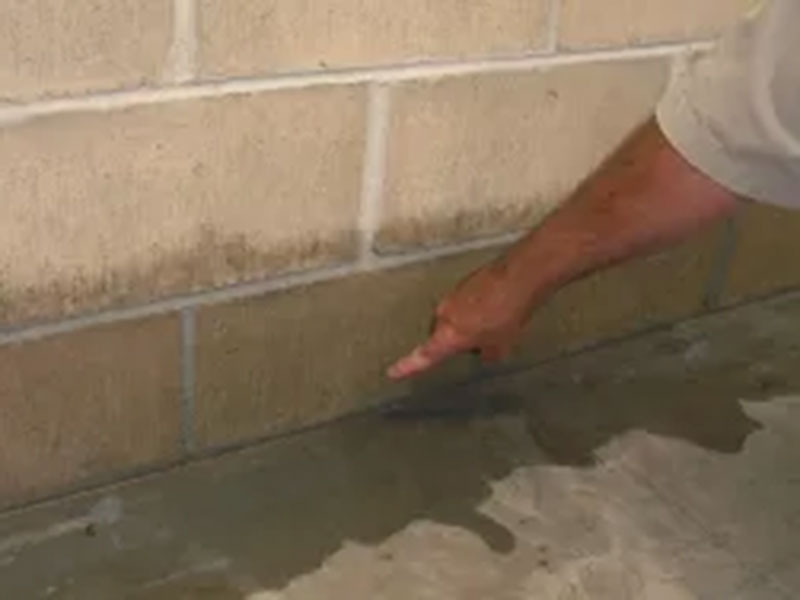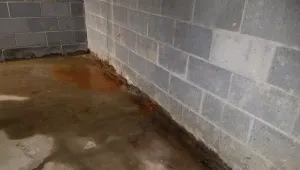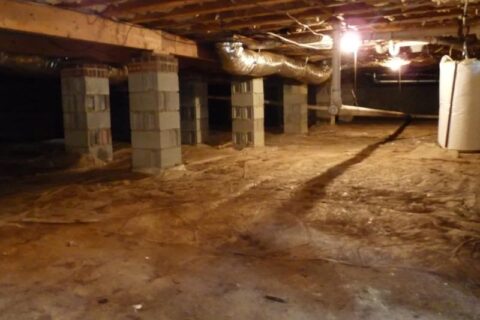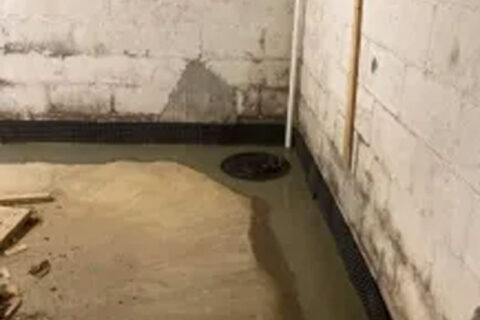3 Vital Basement Waterproofing Techniques Every Homeowner Should Know Pittsburgh, PA
If your basement is damp, has water stains on the walls, or smells musty, then you need to waterproof it. Basement waterproofing is a crucial home maintenance task that every homeowner should take seriously. Water in your basement can lead to all sorts of problems, including mold, mildew, and wood rot. In extreme cases, it can even cause your foundation to crumble.
Fortunately, there are a number of effective basement waterproofing techniques that you can use to keep your basement dry. In this blog post, we’ll discuss three of the most important ones. Read on to learn more.

Seal Cracks and Gaps in Your Foundation
One of the most common ways water enters a basement is through cracks and gaps in the foundation. Fortunately, these can be easily sealed with hydraulic cement or polyurethane caulk. For best results, seal any cracks or gaps as soon as you notice them. Doing so will help prevent water damage and other problems down the road.
Install a Sump Pump
Another effective way to waterproof your basement is to install a sump pump. A sump pump is a small pump that sits in a pit in your basement and removes water that has collected there before it has a chance to do any damage. Sump pumps are highly effective and can help protect your basement from flooding even in the heaviest of rains.

Install Interior Drainage Systems
Interior drainage systems are another great way to keep water out of your basement. These systems work by collecting water that seeps through your foundation walls and redirecting it to a drain or suction pit where it can be safely removed from your home. Interior drainage systems are highly effective but can be expensive to install. However, they’re well worth the investment if you want to keep your basement dry long-term.
If you want to keep your basement dry and free from water damage, then you need to know how to waterproof it effectively. In this blog post, we’ve discussed three of the most important techniques every homeowner should know about sealing cracks and gaps in your foundation, installing a sump pump, and installing an interior drainage system. Use these techniques to keep your basement dry all year round and avoid costly repairs down the road.


